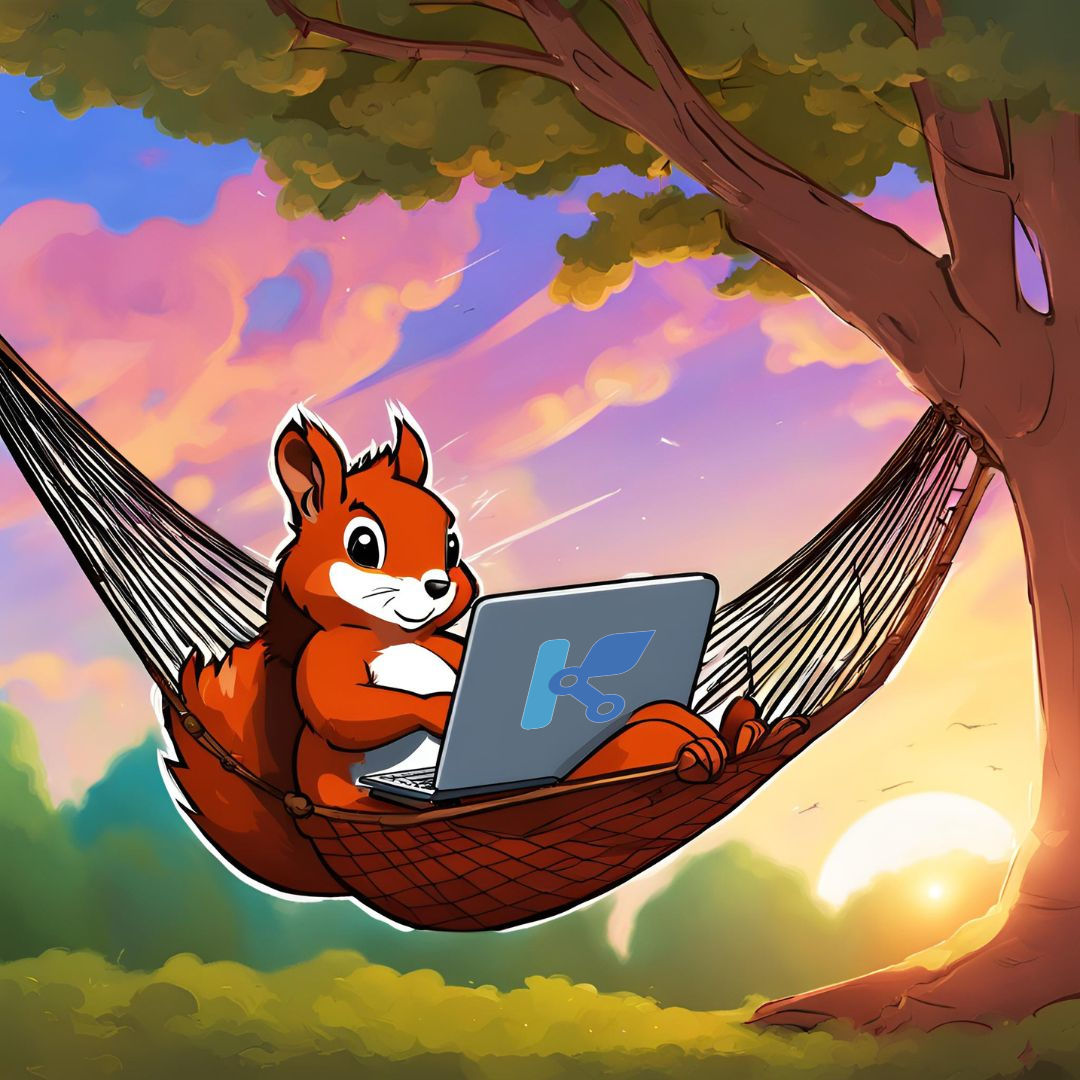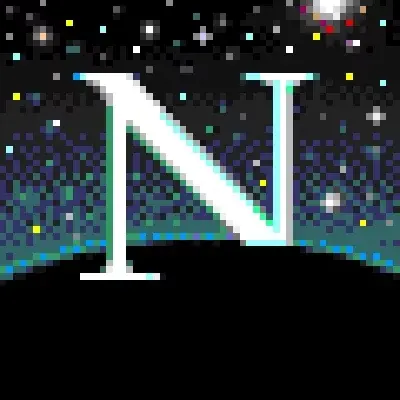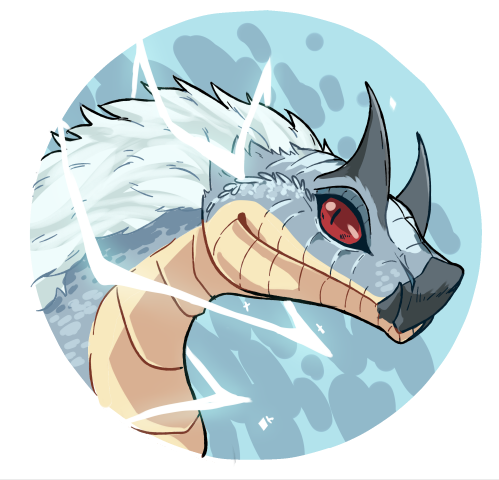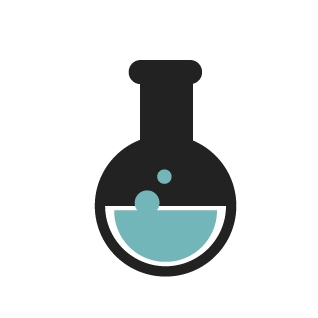Yo linux team, i would love some advice.
I’m pretty mad at windows, 11 keeps getting worse and worse and I pretty done with Bill’s fetishes about bing and ai. Who knows where’s cortana right now…
Anyway, I heard about this new company called Linux and I’m open to try new stuff. I’m a simple guy and just need some basic stuff:
- graphic stuff: affinity, canva, corel, gimp etc… (no adobe anymore, please don’t ask.)
- 3d modelling and render: blender, rhino, cinema, keyshot
- video editing: davinci
- some little coding in Dart/flutter (i use VS code, I don’t know if this is good or bad)
- a working file explorer (can’t believe i have to say this)
- NO FUCKIN ADS
- NO MF STUPID ASS DISGUSTING ADVERTISING
The tricky part is the laptop, a zenbook duo pro (i9-10/rtx2060), with double touch screens.
I tried ubuntu several years ago but since it wasn’t ready for my use i never went into different distros and their differences. Now unfortunately, ready or not, I need to switch.
Edit: the linux-company thing is just for triggering people, sorry I didn’t know it was this effective.
Linux is not a company lol I hope that was a joke. Also Linux is not new.
Now to the software: it will likely run everywhere. Davinci resolve is a bit picky but also fine.
You have quite some Windows-only software. Check https://alternative-to.net or try running it through WINE with Bottles
To the Distro: this is complex. Many people will recommend Linux Mint and it is easy to use but very restricted. I dont think it is great really.
There are many many parallel efforts, so on Linux Distributions (Linux + packages + desktop + …) you can get very different software.
For a painfree experience running Windows software and Davinci Resolve I recommend to try Bazzite
It is very different from others:
- it updates automatically in the background. But completely different from Windows. Updates always work and are efficient and stable. No 10 times rebooting
- updates finish and you can reboot any time to apply it. Literally a week later, nobody cares
- the reboot takes just as long as any other reboot, no downtime
The system is way better and more stable than “traditional” ones. This is quite complex but lets say while on Linux Mint, Ubuntu, Fedora etc. you will have an indivudual system, with individual packages and in the end some strange errors only happening on your setup, with Bazzite you will have exactly 1:1 the system that the developers create.
It is based on Fedora Atomic Desktops which are pretty great. But for your use case I dont recommend them.
I recommend the Bazzite Desktop version with the KDE Plasma desktop. This will be Windows-like in a very good way, but incredibly more efficient, faster and also more powerful. Like a Filemanager with tabs and extensions, that is not written in whatever bloat Microsoft uses (their Win11 stuff is so slow…).
To sum it up, on Linux you have to decide:
What Desktop environment?
- I recommend KDE Plasma a lot
- GNOME is also good but veery opinionated and minimalist
- I dont recommend others like Linux Mint’s Cinnamon yet, as they dont support modern standards (Wayland)
What Distribution family?
- Debian, Fedora, Arch, OpenSUSE
- they are all a bit different but basically doing the same
- Ubuntu stems from Debian and became popular as “the beginner Linux” but they do very controversial stuff nobody else does (like the Snap store) and have tons of bugs. I used it a lot with bad experiences and dont recommend.
- Linux Mint and others also use Ubuntu or Debian under the hood
- Arch is very manual and difficult for new users, dont use it
- OpenSUSE does whatever they do, not recommended
- Fedora is pretty modern in their software, has a nice community and a big variety of options. They are not allowed to ship restricted media codecs for stuff like h264 video though
- uBlue (Bazzite, Bluefin, Aurora) is a project using Fedoras versions and adding nice stuff to it, making them usable out of the box. This is their goal, and they do it really well.
Wow, thank you for all the info in details! I need to start testing some of distros I guess and see how it goes (sounds fun too). UBlue project looks very very interesting.
Ublue also has Asus-specific variants which I assume probably has some compatibility fixes added in that would have to be installed manually in most other distros.
Since you use VS Code I’d strongly recommend the developer variants of ublue, which are only available for Aurora and Bluefin, as it gives you a preinstalled VS Code which will be a better experience than trying to install it after the fact. (if you go to the download page for them, answer “yes” to “are you a developer?”)
For minimum learning curve, use Aurora over Bluefin as the UI is more familiar. Also, make sure you pick the Nvidia option for the GPU question.
True, but Aurora/Bluefin dont have WINE preinstalled.
I wouldnt run WINE stuff on the system, but that is likely less complicated, as using Bottles means you cannot really use a Windows program to edit stuff on your system by default.
I started using Linux 2 years ago or something. Linux Mint, Kubuntu, MX Linux (wtf Distrowatch), Manjaro, KDE Neon, Fedora KDE…
broke all. On Fedora Kinoite since then, switched to uBlue Kinoite, no complaints.
Currently using secureblue but many things I disagree with, planning a fork.
I ran Linux on a Zenbook Pro Duo. Fedora’s KDE distribution was the only release I ever found that worked out of the box with both touchscreens as I’d expect. You’d think a big release like Ubuntu would work, but whatever they have set up for touchscreens is slightly out of whack. For example, touch and drag would select text instead of scrolling the page.
By default, your laptop might try to stay awake all the time. The second screen is treated as an external monitor, and there’s a setting you can find in the configuration menu that forces the laptop to stay awake when an external device is connected.
Some other things to note. If you’ve got an older model, you might be able to find a third-party software suite such as this one that will allow you to use your laptop almost normally.
However, if your laptop is new enough, you might be unable to find any software (third party or otherwise) that supports the built-in features such as quick screen swapping, numpad, or turning off the lower screen. The lower screen is LCD anyways, so you won’t get burn in. If you’re worried about power, I’ve found that despite the lower screen being on full-time, Linux still doubled or tripled my battery life compared to when I ran Windows. I think the biggest immediate drawback is that you may not have any on-board audio due to a lack of drivers, though that might have been fixed in Fedora 40. I know they were working on that in the newer version of upstream Linux (which may not have arrived yet), but I haven’t been following it. And finally, you won’t be able to adjust the brightness of the lower screen without some configuration. Again, some of that might be mitigated if you can find some compatible and reliable 3rd-party software for your laptop.
I will say that despite all the limitations mentioned above, I still vastly preferred Linux to Windows. The battery life alone was enough to warrant the switch.
Thanks, I was hoping to find someone who did this before. And apparently not the first time I read that fedora is my best/only option for the type of laptop. Great tips!
As a Dart developer myself you won’t have any problem with VS code and Dart. Actually, it’s a bit better than on Windows because it was originally not much of a windows centric system anyways
Visual Studio is not available on Linux and not really working in Wine, sadly. You can use IntelliJ IDEA as a good alternative, it supports Linux officially and has a Flutter plugin.
For a beginner, Linux Mint is perfect. It is based on Ubuntu which is based on Debian, so you can follow most tutorials written for either distribution (like the installation instructions for IntelliJ IDEA or other software that is not available from the APT package manager).
Sorry, I honestly didn’t know it was that different Visual studio from visual studio code. I use the VS CODE and it seems available on linux, but I’ll check also Intellij IDEA.
What? VS Code is available on Linux and that’s what they’re using
The post was edited
I Will spit out what i think cause this threads are full of words and empty of content… Almost any Linux distro is good for starting out … Make sure it has a nice manual and community Ubuntu, mint debian or something similar… Vs code Is a Microsoft fork of vs codium an open source app, to avoid telemetry just use vs codium… Remove adds can be done in different ways in my opinion add bloock on Firefox is a good start… File explorer are good on any Linux distro just learn how to use one … If u have a document u should probably save it in the document folder… in your user home …
Resolve works on on linix but make sure you check that your codecs are supported.
pretty done with Bill’s fetishes about bing and ai.
I agree with all your points, but Bill Gates has no agency on the company’s decisions these days. Blame Satya.
“What you read is not what’s happening in reality. Satya and the entire senior leadership team lean on Gates very significantly. His opinion is sought every time we make a major change.”
No agency you say?
Well, shit!
Using VS code is definitely bad. Round these here parts, you choose either the Church of Emacs or the Cult of vi… no exceptions.
Btw for running Davinci resolve try this project
It is not exactly tested but allows to pack the software into a container, making sure it works forever if it works.
Pick this guide from a 20 year Windows user. Ubuntu GNOME. Interact as less as you need with Linux “community”, it gives tension, headache and stress. You will not regret it.
Unfortunately Corel, Affinity etc will be a problem, keep Windows aside for that on a secondary SSD. Use Windows with Ameliorated Project, it will make Windows saner to use.
Re edit: That combined with double touch screens made me think this was all a shit post lol
Thanks for sharing this information! I appreciate the detailed explanation and the effort you put into making it clear. It’s really helpful and will definitely guide me in making an informed decision. If you have more tips qr コード 読み取り pc or insights, feel free to share them. Thanks again!
Gimp and Blender are both available on Linux. VS Code is on Linux (most coding stuff is on Linux). Linux file explorers work pretty well (Dolphin, for example). I’d recommend Kubuntu, KDE neon or Linux Mint for the distro, all are pretty similar in appearance to Windows. It won’t take much learning with them.
Try Kubuntu as a Distro. Any KDE Plasma Distro would be good as well. -Sincerely The Linux Company







